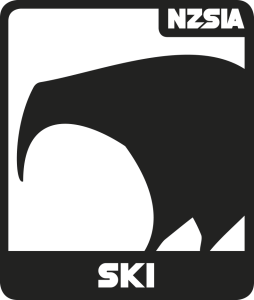Talk-Show-Feel
This is a simple theory based on sensory input. It can help us to order and present information in three different ways, so we cover three main methods of giving and receiving information.
Put simply, first we talk about what we’re doing, then we show what it should look like, then we offer opportunities for students to try it whilst indicating some feelings they may experience.

Talk
Show
Communicate using demonstrations to complement any verbal cues given. Demonstrations are an important part of the communication and can take different forms. Stationary demonstrations are effective when focusing on a particular part of the turn, or a particular ski or body movement. Moving demonstrations are effective while skiing towards and away from the class. Demonstrations with the students following you will only benefit the student directly behind you.
Feel
Example
Hot Tip
Ask Yourself – Talk, Show, Feel
Talk
- Make sure your students can hear you – speak clearly so you are easy to understand
- Use the tone of your voice to keep your students engaged
- Use the intonation in your voice to keep your students engaged
- Make sure you know your audience. Communicate in a way that matches your student’s technical understanding. Being overly technical can potentially hinder their development
Show
- Make sure that your students can see you
- Demonstrate towards and away from your students
- You might need to walk up the hill a little or send your students ahead so that they can watch you
- Connect with your students with the facial expressions you make
- Engage with the gestures you make
- Eye contact as you communicate with your students
Feel
- Indicate specific body parts for students to work with
- Develop sensations that are tangible
- Some people will need longer to develop their kinaesthetic awareness

